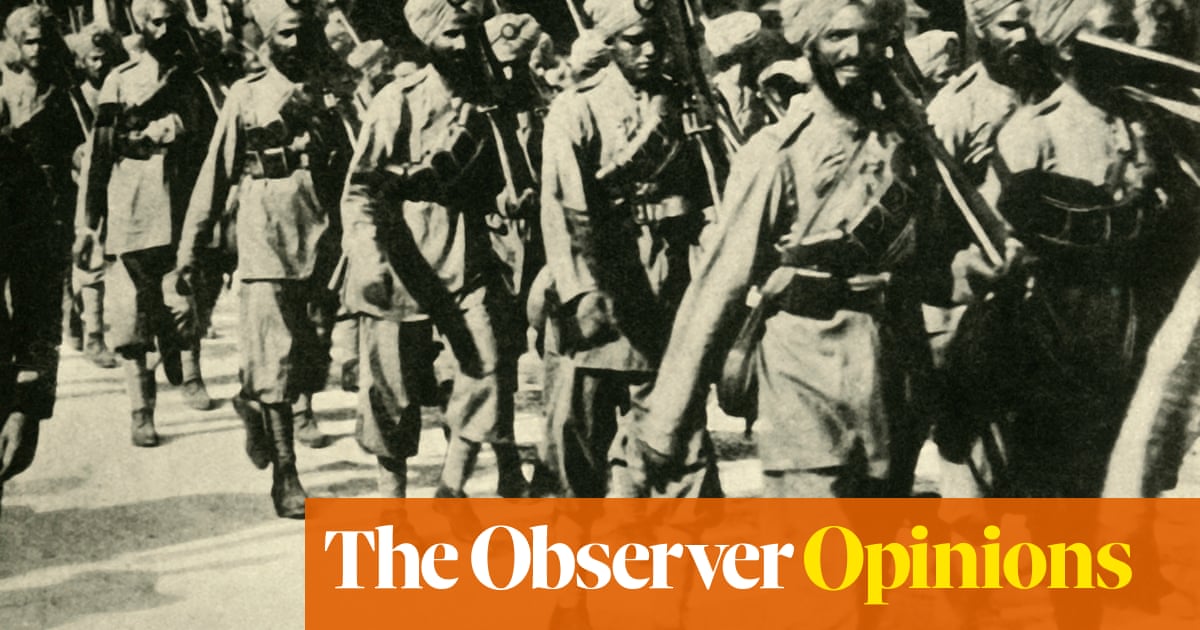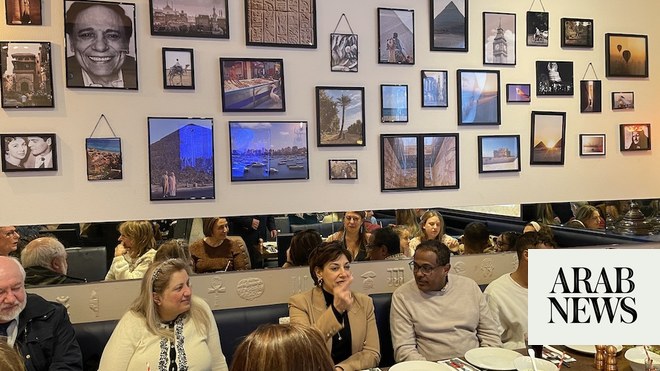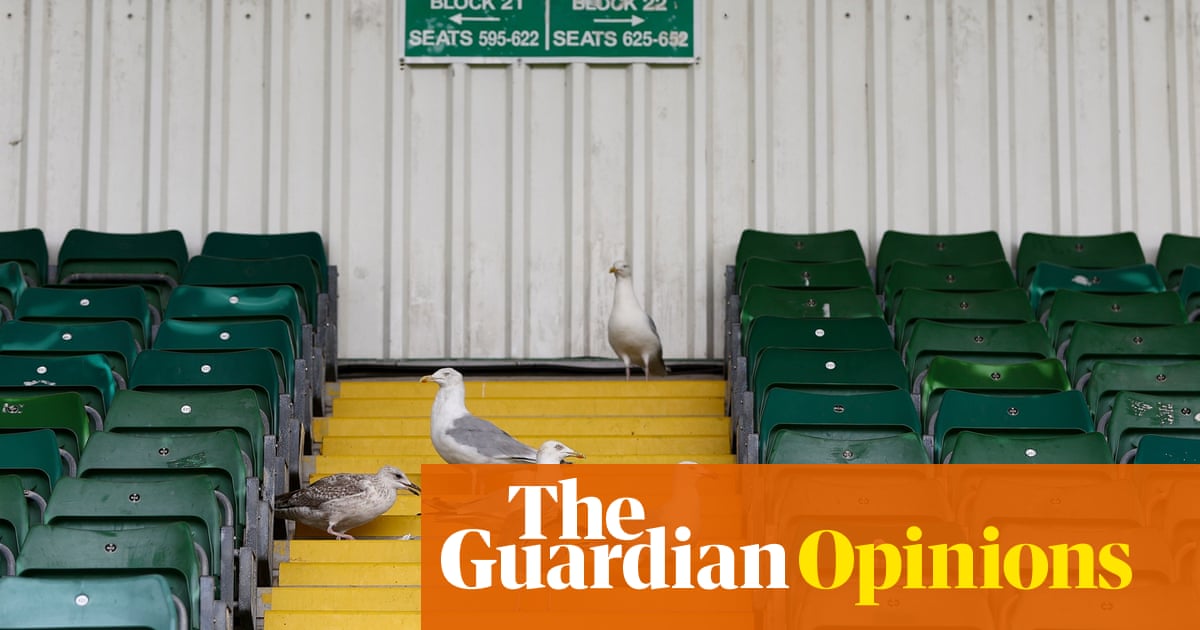
Awelcome and solemn silence will again fall on Whitehall and Westminster and across the airwaves of the nation at 11 o’clock this morning. Yesterday, two minutes of calm stilled, briefly, the sharp arguments about war and peace, protest and prejudice that dominated the political week – which had created a largely false impression that clashes over Remembrance can tear us apart.
The 11 November 1918 armistice was officially only a ceasefire. So formal celebrations of peace had to await the 1919 treaty of Versailles, marked by Peace Day that summer, with a temporary wood and plaster cenotaph as a centrepiece. There was no particular plan to mark the anniversary of the November armistice too, until the two-minute silence at 11am was proposed by the King and cabinet with a week to go.
That “great stillness” struck such a public chord that everybody seemed to stop everywhere, creating a tradition that has lasted a century. George V unveiled the permanent stone Cenotaph, leading the national silence there, on Armistice Day in 1920.
Silence was chosen partly because it was such a time of tumult. A mass rally on the eve of that first armistice anniversary protested against the government’s decision to leave the dead in foreign fields, with only the remains of the Unknown Warrior buried at home. On Peace Day on 19 July 1919, the town hall in Luton, Bedfordshire, was burned down by veterans angry at the cost of the celebratory dinner and the lack of jobs.
Even a century ago, newspapers clashed over who was disrespecting Armistice Day. The Daily Mail presented veterans themselves as the villains, campaigning, in the name of bereaved families, against boozy armistice balls. The Daily Express argued that those who had won a world war should not be shamed over how they celebrated surviving it.
A century of Remembrance has seen many culture clashes. Those who were young in the 60s might have expected the tradition to fade away, yet often found themselves, decades later, wearing poppies and explaining to children or grandchildren what that meant.
Why has Remembrance come to matter more? The frailty and dwindling numbers of veterans move us, yet Remembrance will endure even when both world wars slip beyond living memory. Contentious wars in Afghanistan and Iraq have helped to revive Remembrance, just as its origins spanned those who saw the Great War as necessary or futile.
The juxtaposition of yesterday’s Palestine protest with armistice weekend was a coincidence of timing. Yet it was seized upon to present a culture clash – between two parallel Britains, of respect v protest, even a clash of civilisations, between the traditions of the majority and the allegiances of ethnic and faith minorities. “Are we heading to some form of religious war in Britain,” the populist politician-turned-broadcaster Nigel Farage asked his GB News audience.
Yet when we get Remembrance right, it provides one of the best foundations for shared identity in our diverse Britain. I wear my poppy to commemorate the service and sacrifice that is the shared history of our modern, multi-ethnic society.
The armies that fought the two world wars looked more like the Britain of the 2020s than that of 1914 or 1940 in their ethnic and demographic mix. Service from across Britain and the Commonwealth saw Christians, Jews and atheists, Hindus, Sikhs and Muslims all fighting in the trenches. A third of the passengers on the Windrush when it docked at Tilbury in 1948 were RAF servicemen returning to Britain; the air force had belatedly lifted its “colour bar after war broke out in 1939. The Windrush’s arrival has become the “origins moment” of a modern, multi-ethnic Britain, marked in this 75th anniversary year, but it is important to understand how it was a new chapter in a longer history too.
The story of Commonwealth service was largely forgotten in the 20th century but awareness has grown dramatically in recent years. A decade ago, only four in 10 people in Britain knew that Indian soldiers fought in the world wars; that rose to seven in 10 people during the First World War centenary from 2014 to 2018. Yet British Future found much lower knowledge of the 400,000 Muslims who fought as part of the Indian army. The centenary commemorations did double awareness of this – to four in 10, but most people may still be unaware that Muslims served too.
Continuing to spread that knowledge of the Commonwealth’s ethnic minority contributions, including the Muslim contribution in particular, has more potential as a vital antidote to extreme voices of any stripe, far right or extreme Islamist, who seek to promote a clash of civilisations in British society.
It has been very moving to see how pupils in schools across the country respond to this history, invariably asking why it has been left off the curriculum and out of the textbooks for so long.
This has been a week in which those whose responsibility it is to defuse tensions have too often amplified them. As the King and representatives from politics, faith and the Commonwealth lay their wreaths, we should reassert the potential of Remembrance to bring us together, when we understand the full history of service and sacrifice that we will fall silent this morning to remember together.
Sunder Katwala is director of British Future and author of How to Be a Patriot












